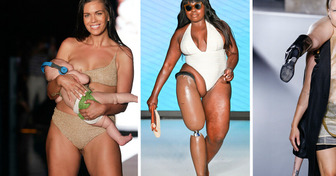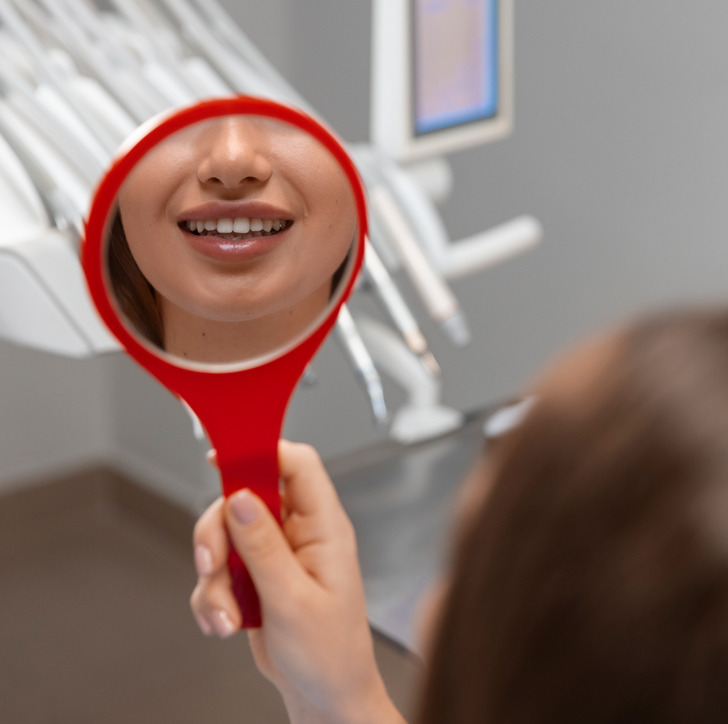I prefer to kiss lips that don't look like a baboons a**e. Natural is the way to go.
Study Reveals Men and Women Prefer Different Lip Sizes, Sparking Heated Debate
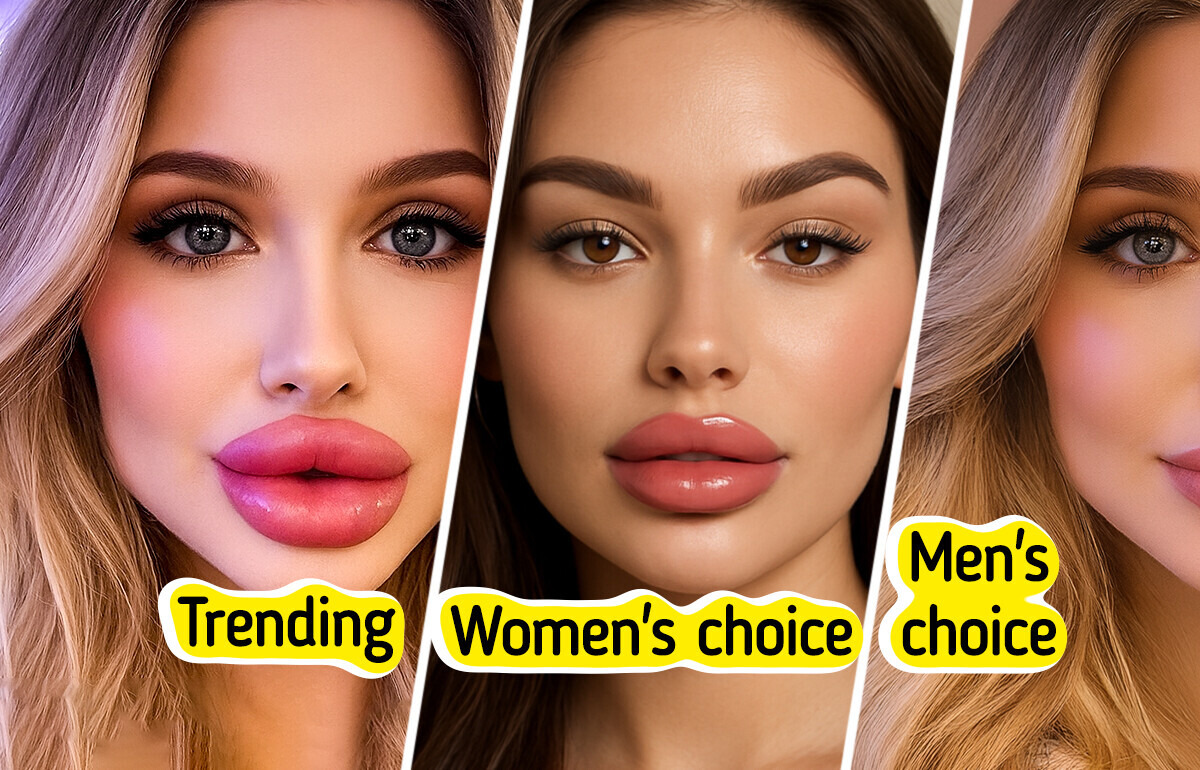
In today’s ever-changing world of beauty ideals, a recent study has uncovered intriguing differences between how men and women perceive the perfect lip size. The findings explore the motivations behind these preferences and offer insight into what they might signify on a broader cultural level.
During the study, participants were shown digitally altered faces with varying lip sizes to gauge their preferences.
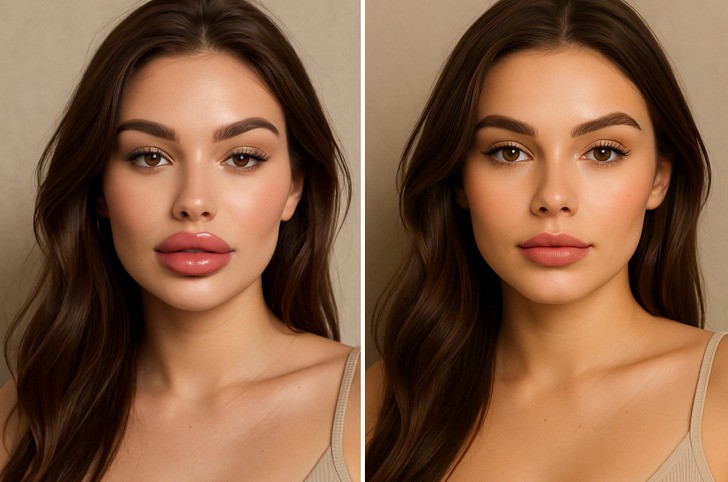
They then rated the images’ attractiveness, helping researchers identify gender-based preferences.
Key findings:
- General preferences: Across the board, participants found men with thinner lips and women with fuller lips to be more attractive.
- Gender-specific preferences: Female participants preferred plumper lips on women’s faces, while male participants were more drawn to natural, unaltered lips on women.
- Isolated lip perception: Interestingly, when participants were shown just images of lips without the rest of the face, their ratings of attractiveness still shifted, indicating that lip size is seen as an independent feature of facial beauty.
These findings reflect the growing popularity of lip filler treatments, especially on social media platforms like Instagram and TikTok.
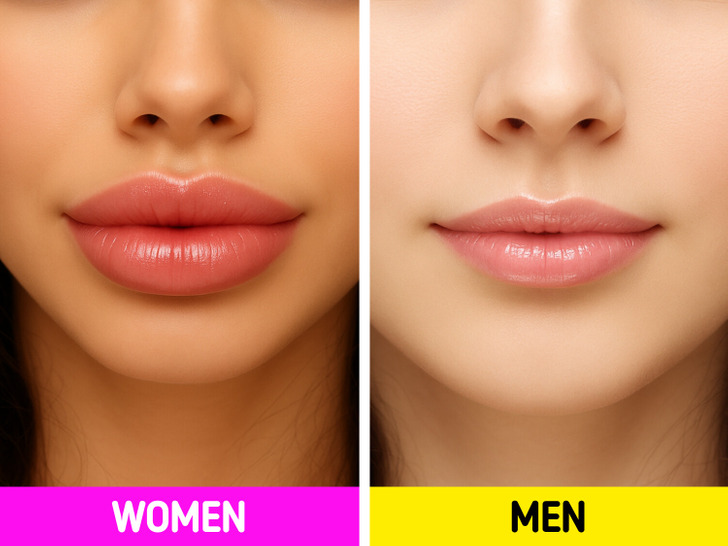
Influencers flaunting full lips have popularized this look as a widespread beauty ideal, fueling a phenomenon known as “lip dysmorphia.” This term refers to how constant exposure to beauty standards can distort how we perceive our own appearance.

The study sparked lively debates on social media, with users sharing diverse perspectives. One person agreed, noting, “Yeah, people have been pointing this out for a long time. Women tend to dress and make themselves up to the standards of other women. Men tend to do it for the standards of men.”
Another questioned, “Could this explain why so many young girls are getting lip fillers, when I personally have never heard a man say they find this attractive?”, while someone else added, “Each gender does it for themselves and the validation of other people of the same gender.”
A professional photographer weighed in as well: “This trend bugs me. In my own experience over thousands of photoshoots and more than two decades of talking with men and women I’ve photographed, men do generally find natural lips far more attractive and worse, women often complain that they don’t think their own injections look great, but they continue to have them done due to peer pressure or feeling like they have to stay ’young’-looking for as long as possible. I don’t know how they came to equate bigger lips with youth, but I’m sure there’s some advertising influence in that conversation somewhere.”
These comments underline a disconnect between popular beauty trends and what men truly find attractive.
The study provides valuable insight into body image concerns and the reasons behind certain cosmetic decisions.
It seems that repeatedly encountering specific beauty ideals can alter how we view ourselves, potentially leading to a cycle of increasing cosmetic procedures.
Professor Alais pointed out, “Not only do the results indicate that lip plumping may primarily appeal to women, but also that exposure to faces with artificially enhanced lip sizes could lead to ’lip dysmorphia.’”
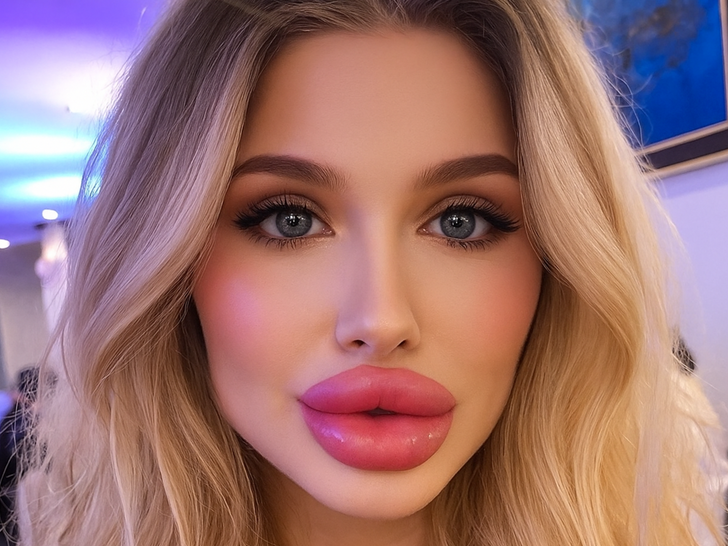
As we’ve seen, beauty standards greatly shape our perceptions, influencing much more than just our appearance.
Comments
Related Reads
16 People Who Opted for Plastic Surgery, but Regretted It Once They Saw the Results
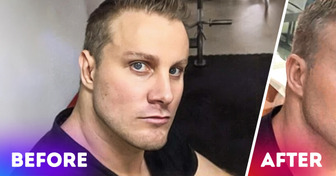
Reese Witherspoon Was Photographed on Vacation in a Swimsuit With One Shocking Detail
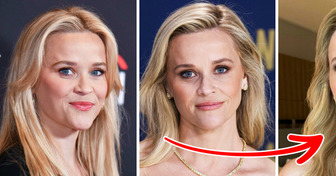
From “Most Beautiful Twins” to Teen Stars — See Their Transformation Today

15 Stars Who Openly Embraced Cosmetic Procedures — And Love Their Results
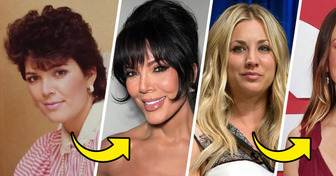
“What Has Selena Done to Her Eyes?” People Can’t Stop Talking About Selena Gomez’s Eyes
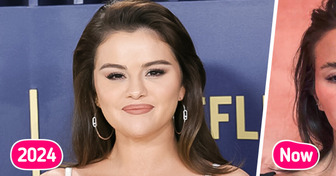
17 Сelebrity Сhildren Whose Looks Are Just as Striking as Their Star Parents
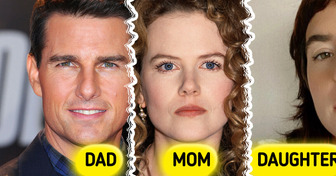
14 Celebrity Transformations That Left People Speechless
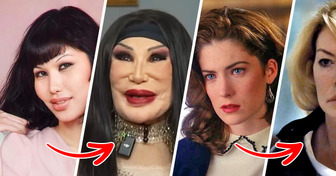
Jealousy Ruined This Mexican Star’s Face — See Her Incredible Comeback
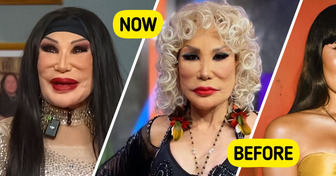
“Thank You for Every Woman Above 40!” Gwyneth Paltrow’s Unfiltered Face Creates Massive Reaction

11 Curious Details in Iconic Movies and Shows You Probably Missed
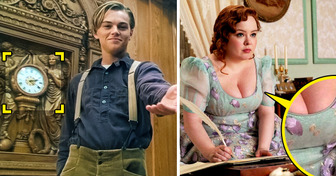
“She Clearly Got a Hip Job!” Megan Fox, 39, Makes First Public Appearance After Baby No. 4

15 Iconic Runway Moments Proving the Fashion World Is Truly Astonishing
